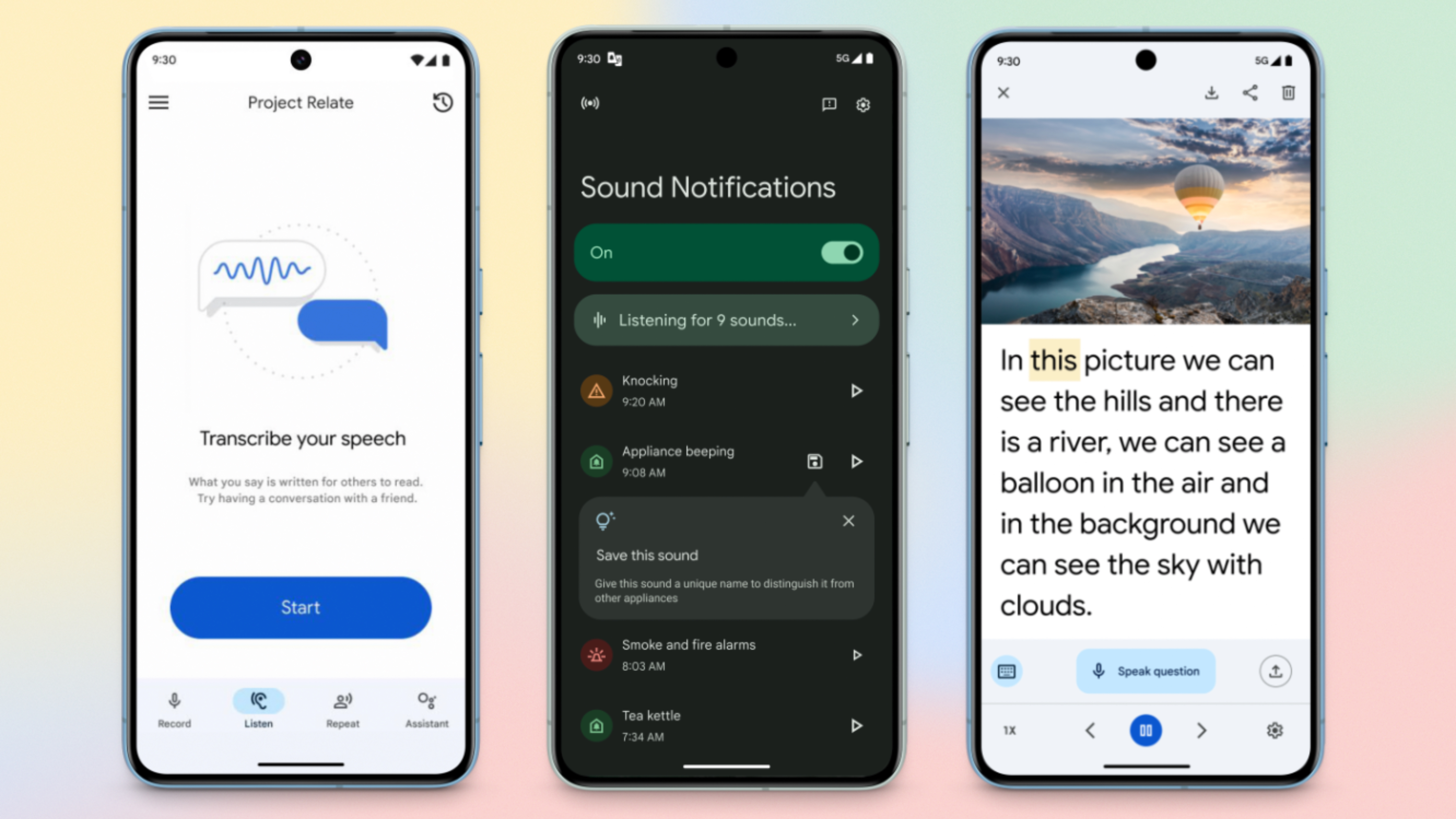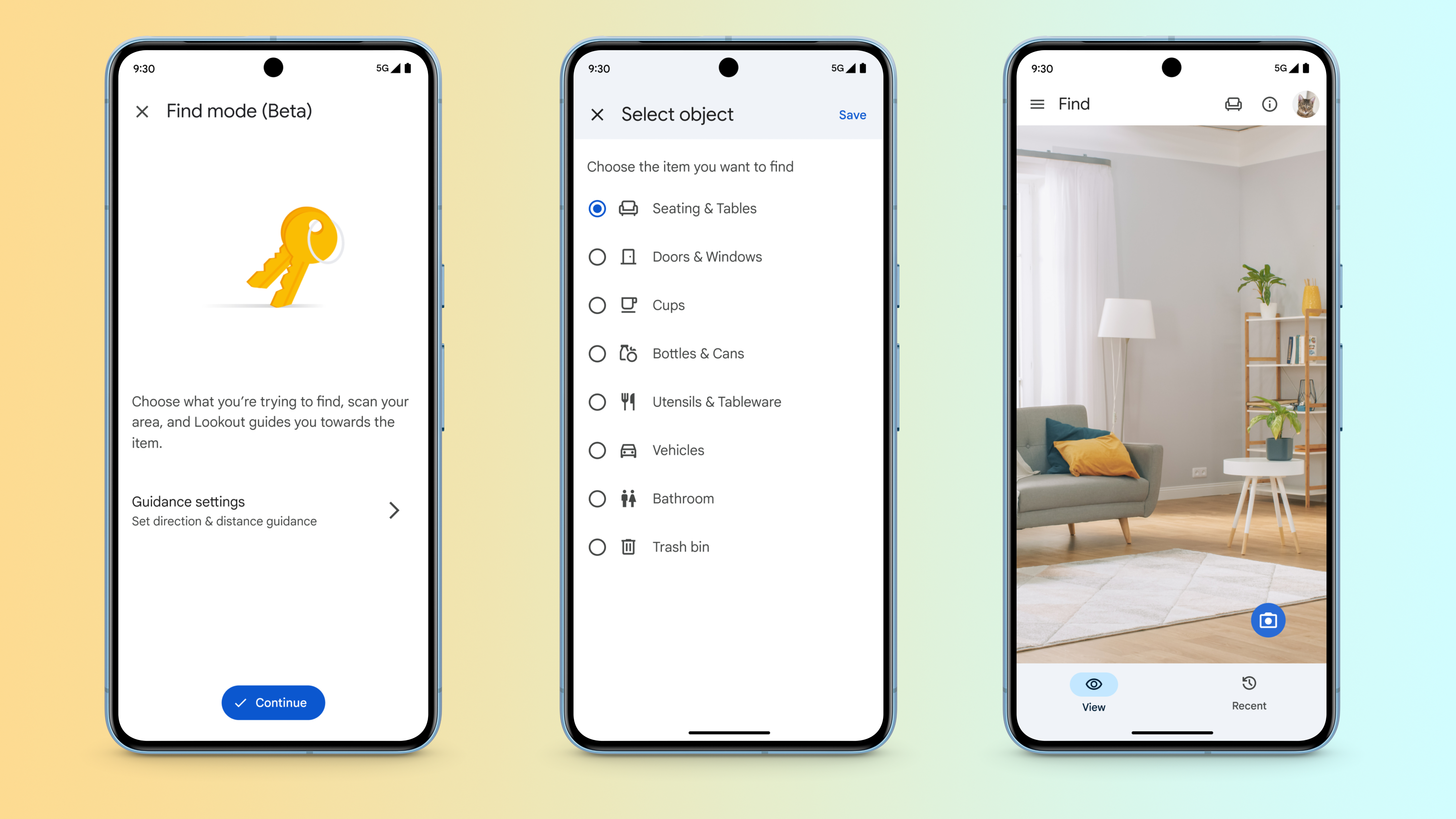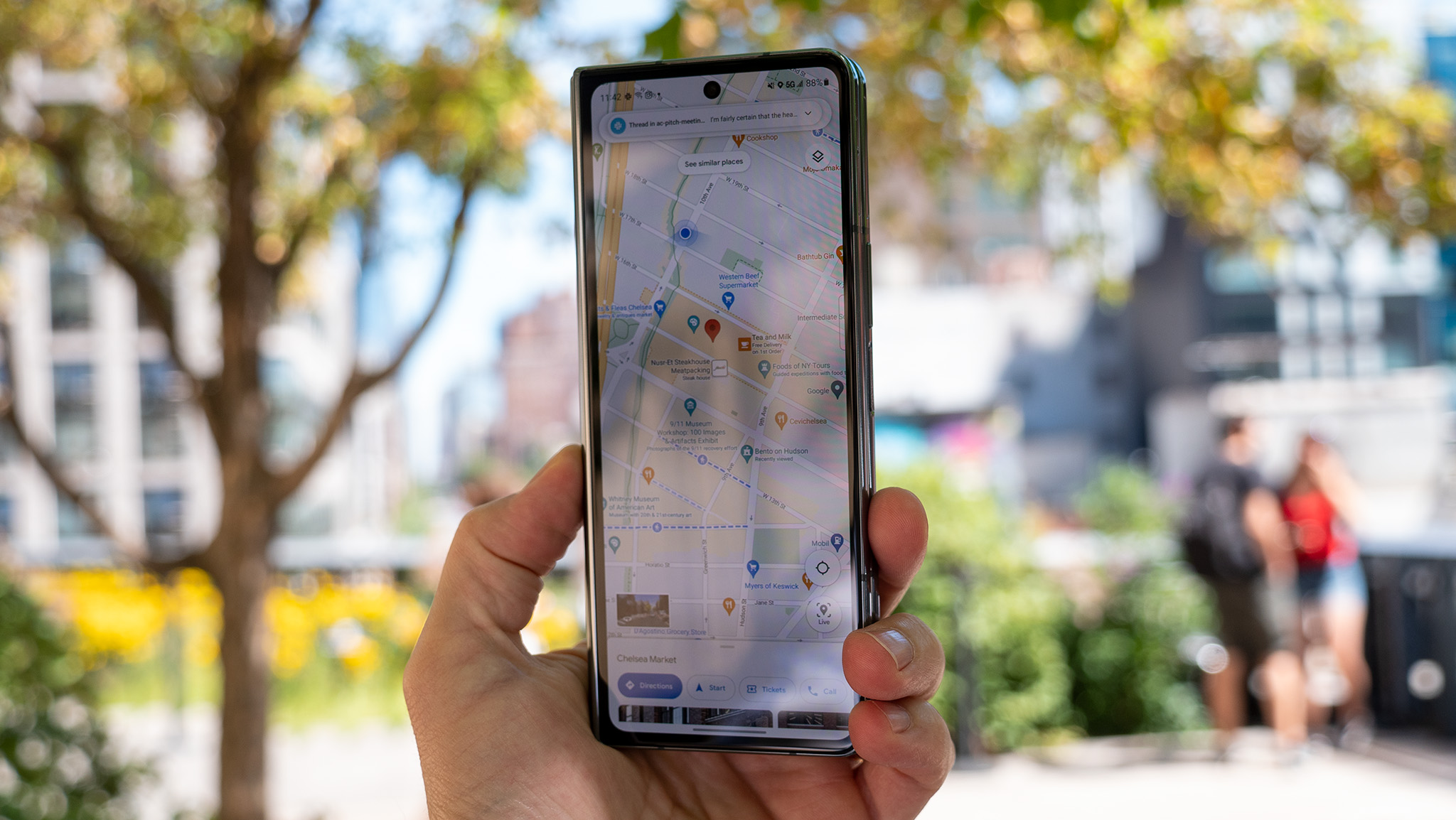Google is making Android and Google Maps more accessible with these changes
The annual feature releases on Global Accessibility Awareness Day help make tech work for everyone.

What you need to know
- Google announced new accessibility features for Android and other services on Thursday, May 16 as part of Global Accessibility Awareness Day.
- There are a total of eight new features that span Android, Google Maps, Lookout, and more.
- Specifically, Google Maps is getting easier to use for those living with disabilities, as the app's Lens function now has screen reader capabilities.
Today is Global Accessibility Awareness Day, and Google is announcing a few new features that aim to make its products and services more accessible to all. There are eight in total, and these new accessibility features come on the heels of Google I/O 2024, the company's annual developer conference. At that event, Google shared that Gemini AI will be used to improve TalkBack on Android. Now, we know more about how Google is going to improve the accessibility of some of its other services, like Google Maps and Lookout.
The first is something called "Find mode," and it is a new functionality added to Lookout. For those unfamiliar, Lookout is an Android feature that helps people with low vision or blindness use their phone's camera to learn more about the world around them. Starting today in beta, Find mode will make it possible for users to search for specific objects or places via Lookout. Users can pick one of seven categories of places, like restrooms, and be informed of their direction and distance to the place.

Google is also adding a new option to Look to Speak, a feature that lets users trigger pre-written phrases to be spoken aloud with their eyes. Now, there's an alternative to text, as you can select emojis to communicate. The company says it's intended to make Look to Speak more accessible to people across languages, literacy challenges, and cognitive differences.
Project Gameface, an experimental software that lets users control their cursors with head motions and facial expressions, is rolling out to Android this week in another move.
Some of the bigger changes come to Google Maps, which will become more accessible for people with low vision or blindness. For starters, Lens in Google Maps now has a screen reader, so the app can tell you the name and details of locations around you. It's rolling out this month to both iOS and Android users of the Google Maps app.

Google Maps also has more information about the accessibility of business and places you might want to visit. The company says it has info for 50 million places, and users can view accessibility details in the About tab for a place, like whether it has an accessible ramp or restroom. For theaters and showrooms, there is now an Auracast support option that can be displayed to show compatibility with Bluetooth hearing aids.
There are a few more accessibility features coming to Android, too. Project Relate allows users to create a custom speech recognition model that will help people with non-standard speech be better understood. Sound Notifications will inform you that an important household sound is happening, like a fire alarm, through push notifications, flashing lights, and vibrations.
Be an expert in 5 minutes
Get the latest news from Android Central, your trusted companion in the world of Android
These changes are all rolling out now or soon, and they should help make Android and other Google services more accessible. For Global Accessibility Awareness Day, other tech companies are also debuting new accessibility features, like Apple's Eye Tracking for iPhone and iPad.

Brady is a tech journalist for Android Central, with a focus on news, phones, tablets, audio, wearables, and software. He has spent the last three years reporting and commenting on all things related to consumer technology for various publications. Brady graduated from St. John's University with a bachelor's degree in journalism. His work has been published in XDA, Android Police, Tech Advisor, iMore, Screen Rant, and Android Headlines. When he isn't experimenting with the latest tech, you can find Brady running or watching Big East basketball.
You must confirm your public display name before commenting
Please logout and then login again, you will then be prompted to enter your display name.
